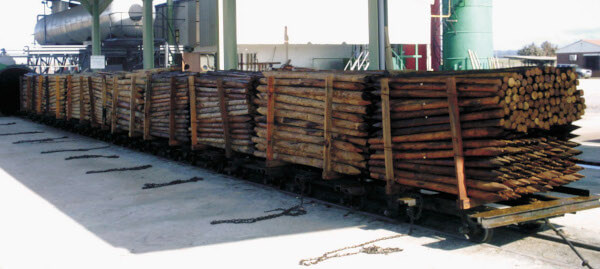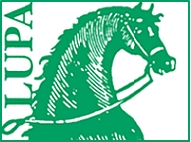Wood fences treated for outdoor use are by far the most popular form of fencing. They are practical, cheap to install, long-lasting, maintenance free, visually appealing, and ideal for horses.
 Timber that has been pressure-treated both internally and externally has a lifespan of around 20 years and can be found in various finishes and presentations. LUPA supplies, transports and installs, if necessary, different types of wood fences whose timber has been treated with mineral salts, which may give them a greenish or brown external appearance. If used to fence paddocks or fields where horses are free, it is advisable to protect them by means of an electric fencing.
Timber that has been pressure-treated both internally and externally has a lifespan of around 20 years and can be found in various finishes and presentations. LUPA supplies, transports and installs, if necessary, different types of wood fences whose timber has been treated with mineral salts, which may give them a greenish or brown external appearance. If used to fence paddocks or fields where horses are free, it is advisable to protect them by means of an electric fencing.
Wood fences are fast and easy to install. They are the ideal support for other fencing systems such as wire mesh or electric fencing. They usually require no foundations and are maintenance-free and resistant to the elements, parasites, humidity, manure, etc. Moreover, if an accident should occur, the fence will absorb part of the impact and can break without injuring the horse, being easy and cheap to repair.
The wood of pine and fir trees is of widespread use because its structure is especially liable to being treated. It should be noted that in areas of extreme humidity changes (such as the centre of Spain), both these timbers tend to split and crack to a greater or lesser extent. This natural process does not affect durability but can be unattractive. Such phenomena will also occur in machine-rounded posts.
LUPAsupplies all kinds of posts and railings for equestrian facilities. Posts and rails may be ordered in different measures and cross sections, depending on the customer’s needs. For horse fences, the most common models are the following:



